Pharmacological properties
Pharmacodynamics. The active substance of the ointment is triamcinolone acetonide – a glucocorticosteroid that contains fluorine and, when applied topically, has anti-inflammatory, antiallergic and antipruritic effects.
The pharmacological action of GCS is based on the regulation of the synthesis of specific proteins of the body and ensuring the body’s adaptability to stressful situations by reducing glucose utilization and increasing gluconeogenesis (hyperglycemia). GCS contribute to the deposition of glycogen, primarily in the liver, by increasing insulin secretion in conditions of hyperglycemia. Reduce the synthesis and increase the catabolism of proteins of muscle, skin and bone tissue; promote lipolysis. Narrow blood vessels, reduce their permeability and swelling of tissues.
Numerous GCS receptors are also found in brain and heart tissues. GCS enhance β-adrenergic responses in the lungs, dilate bronchi, and reduce vascular resistance in the lungs.
In high doses, they inhibit the secretion of corticotropin, in case of adrenocorticosteroid insufficiency, they increase glomerular filtration and diuresis; they cause ulcerative lesions of the mucous membranes. In high doses, they exhibit antiallergic and anti-inflammatory properties.
Esterification of the GCS molecule with fatty acids at positions 17 and 21 significantly enhances its effect on the skin. The location of the cyclic acetonide at positions 16 and 17 enhances the local anti-inflammatory effect without affecting the systemic effect of the GCS. Fluorine contributes to a further increase in the local activity of the drug.
Pharmacokinetics. Triamcinolone penetrates well into the deep layers of the skin, partially enters the bloodstream. When applying an occlusive dressing to the affected skin areas, it is absorbed in an amount sufficient to manifest a systemic effect. GCS are rapidly distributed in the tissues of the body. The main metabolite of triamcinolone is 6-β-hydroxytriamcinolone, which is excreted by the liver, kidneys, feces and urine in equal proportions. T ½ – about 5 hours, half-life – 18-36 hours.
Indication
Skin diseases sensitive to corticosteroids (eczema, psoriasis vulgaris, allergic dermatitis).
Application
For external use.
Adults apply a thin layer of ointment 2-3 times a day to the affected area of skin (maximum dose – no more than 15 g of ointment per day) or apply the drug under an occlusive dressing (maximum dose – no more than 10 g of ointment per day).
For children over 1 year of age, a thin layer of ointment is applied to the affected skin area a maximum of 2 times a day. The duration of use of the drug for the treatment of children should not exceed 5 days. The use of an occlusive dressing in children is contraindicated.
Elderly people should use the drug with caution and for a short time, as it should be borne in mind that the skin in this category of patients is thinner.
Contraindication
Hypersensitivity to triamcinolone acetonide or any of the excipients of the drug.
The drug should not be applied to the eyes or to the skin around the eyes.
Use as monotherapy without specific treatment for fungal and bacterial skin infections; tuberculosis; viral skin lesions, especially herpes simplex and chickenpox; parasitic infections (scabies); skin manifestations of syphilis; skin reactions after vaccination; perianal and genital itching; leg ulcers; varicose veins; widespread plaque psoriasis; facial skin lesions (rosacea, acne vulgaris, perioral dermatitis); diaper rash caused by wet diapers; treatment of dry peeling skin and application of ointment to the chest immediately before breastfeeding; children under 1 year of age.
Side effects
Glucocorticosteroid drugs when used topically are characterized by local side effects, however, depending on the amount of substance that enters the systemic bloodstream, systemic effects are possible.
With prolonged use on large surfaces, suppression of the function of the adrenal cortex is possible, especially in children, as well as when using occlusive dressings; negative nitrogen balance is possible due to increased protein breakdown.
Immune system disorders: hypersensitivity reactions.
From the side of water and electrolyte metabolism: suppression of the function of the adrenal cortex (secondary adrenal insufficiency), hypokalemic alkalosis, water and sodium retention in the body, hypokalemia, hypertension.
From the side of the central nervous system: mental disorders, convulsions, dizziness, headache, increased intracranial pressure, insomnia.
On the part of the organ of vision: cataract, posterior subcapsular cataract, exophthalmos, glaucoma, optic nerve head swelling, corneal ulcer, exophthalmos. The likelihood of developing cataracts is higher in children.
From the cardiovascular system: heart failure, hypertension.
On the part of the digestive system: gastric bleeding, gastrointestinal bleeding, gastrointestinal perforation, esophagitis, pancreatitis, ulcer.
Skin: dermatitis, burning, folliculitis, acneiform rash, contact dermatitis, dryness and thinning of the skin, erythema, hirsutism, increased sweating, diaper rash, itching, skin atrophy, hypopigmentation, irritation, striae, telangiectasia, delayed wound healing.
Musculoskeletal system: growth retardation in children, steroid myopathy, osteoporosis, osteonecrosis, aseptic necrosis.
Laboratory abnormalities: increased intraocular pressure, negative nitrogen balance, slowed skin test reactions.
Infections and parasitic diseases: activation of latent infections, masking of the course of infections, opportunistic infections.
Special instructions
If skin irritation occurs, discontinue use of Ftorocort ointment and continue treatment with another drug.
When using occlusive dressings and treating large body surfaces, systemic effects of the drug are possible – in such cases, special caution is required.
When using the ointment, microorganisms on the skin (primarily pyogenic microorganisms, sometimes blastomycetes) can penetrate through the loosened stratum corneum and cause various pyodermas, which are treated with disinfectants that are washed off. Fungal diseases are possible, sometimes bruises may appear under the occlusive dressing. With prolonged use of the ointment on the same part of the body, especially in young patients, atrophy of this area of the skin may develop.
Some areas of the body, such as the armpits, inguinal folds (where there is natural occlusion and the skin is more delicate and thin) are more prone to the development of stretch marks and easily noticeable atrophy of this area of skin, which is irreversible. Therefore, the application of the ointment on these areas of skin should be short-term.
In the event of the development of a fungal or bacterial skin infection, additional local or systemic therapy is necessary.
It is not recommended to use the ointment on the scalp.
Prolonged use of the drug on the skin of the face is not recommended due to the risk of skin atrophy. Avoid contact with the eyes. In case of contact with the eyes, rinse them with plenty of running water and consult a doctor.
In the treatment of psoriasis, withdrawal syndrome, steroid dependence, development of generalized pustular psoriasis, and local or systemic toxicity due to impaired skin barrier function are possible. Treatment of patients with psoriasis with topical corticosteroids is possible only under strict medical supervision.
The ointment can be prescribed to children over 1 year of age only in exceptional cases. The duration of use of the drug for the treatment of children should not exceed 5 days. The use of an occlusive dressing in children is contraindicated.
In the case of use in children, it is necessary to take into account the possibility of signs of hypothalamic-pituitary-adrenal system suppression and Cushing’s syndrome, which occur more often in children than in adult patients due to a larger ratio of skin surface area to body weight, and, accordingly, children are more susceptible to systemic toxicity. Acute adrenal insufficiency, Cushing’s syndrome, and increased intracranial pressure have been reported in children receiving topical corticosteroids.
Use during pregnancy and breastfeeding. The use of the ointment in the first trimester of pregnancy is contraindicated. There is insufficient data to confirm the safety of using the drug during pregnancy in the second and third trimesters. The question of using the drug in the second and third trimesters of pregnancy and during breastfeeding is decided by the doctor in each case individually, carefully weighing the ratio of the expected effect of treatment and the potential risk of exposure to the drug on the fetus.
The absorption of GCS into the circulatory system is accompanied by their penetration into breast milk and their effect on the adrenal cortex and the growth of the infant.
Children. The ointment is contraindicated in children under 1 year of age.
The ability to influence the reaction rate when driving or operating other mechanisms. There are currently no reports. However, it is recommended to exercise special caution when driving or operating other mechanisms, given the possibility of developing undesirable reactions from the nervous system.
Interactions
When topically applied, GCS interactions with other drugs are unknown.
Overdose
Depending on the amount of steroid that has entered the body, the development of both local and systemic adverse reactions is possible. In case of an overdose of the drug, treatment should not be abruptly stopped, this is done gradually, reducing the dose of the drug. If symptoms of adrenal insufficiency develop, intravenous administration of hydrocortisone may be required.
Storage conditions
At a temperature of 8-15 °C.

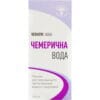
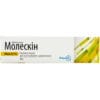

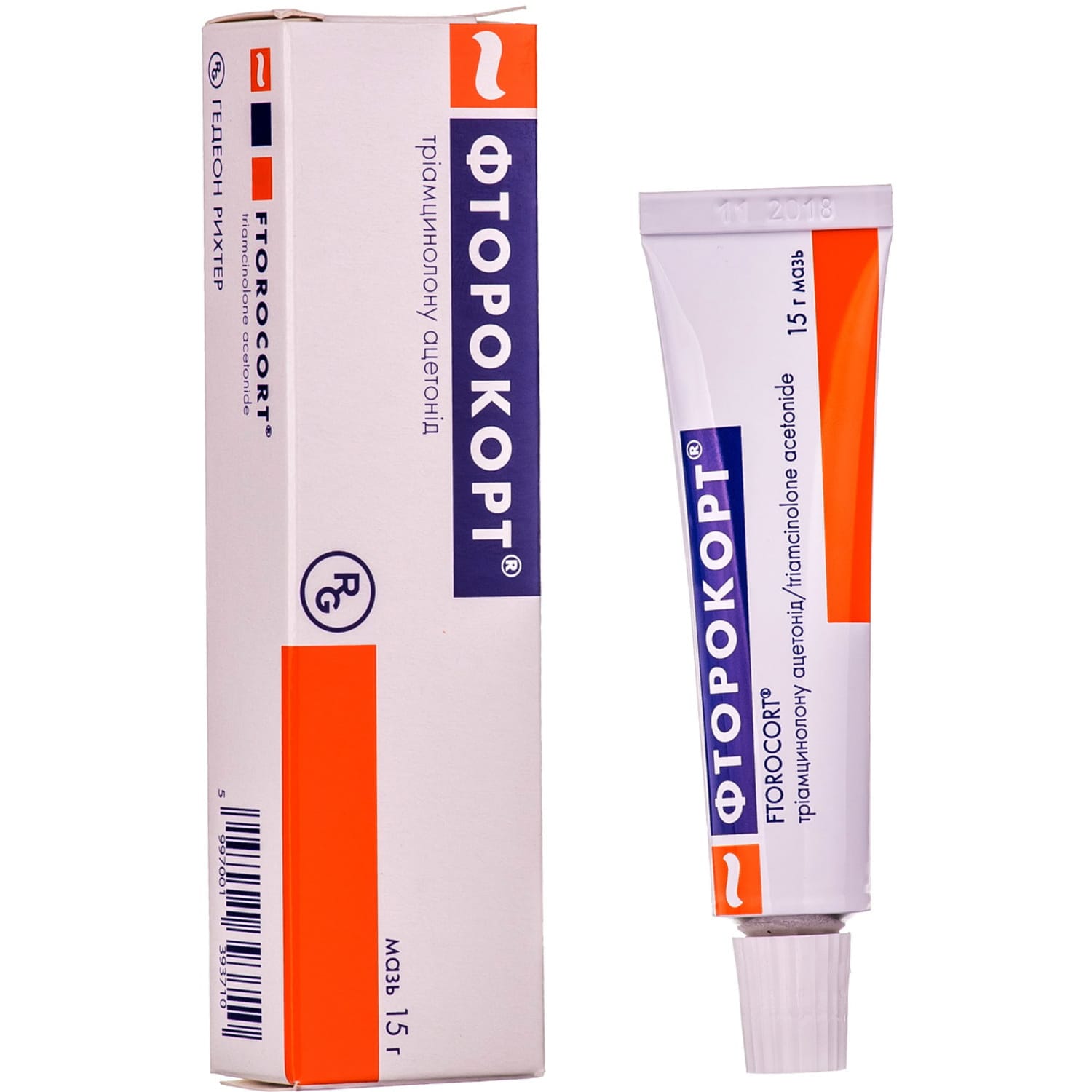
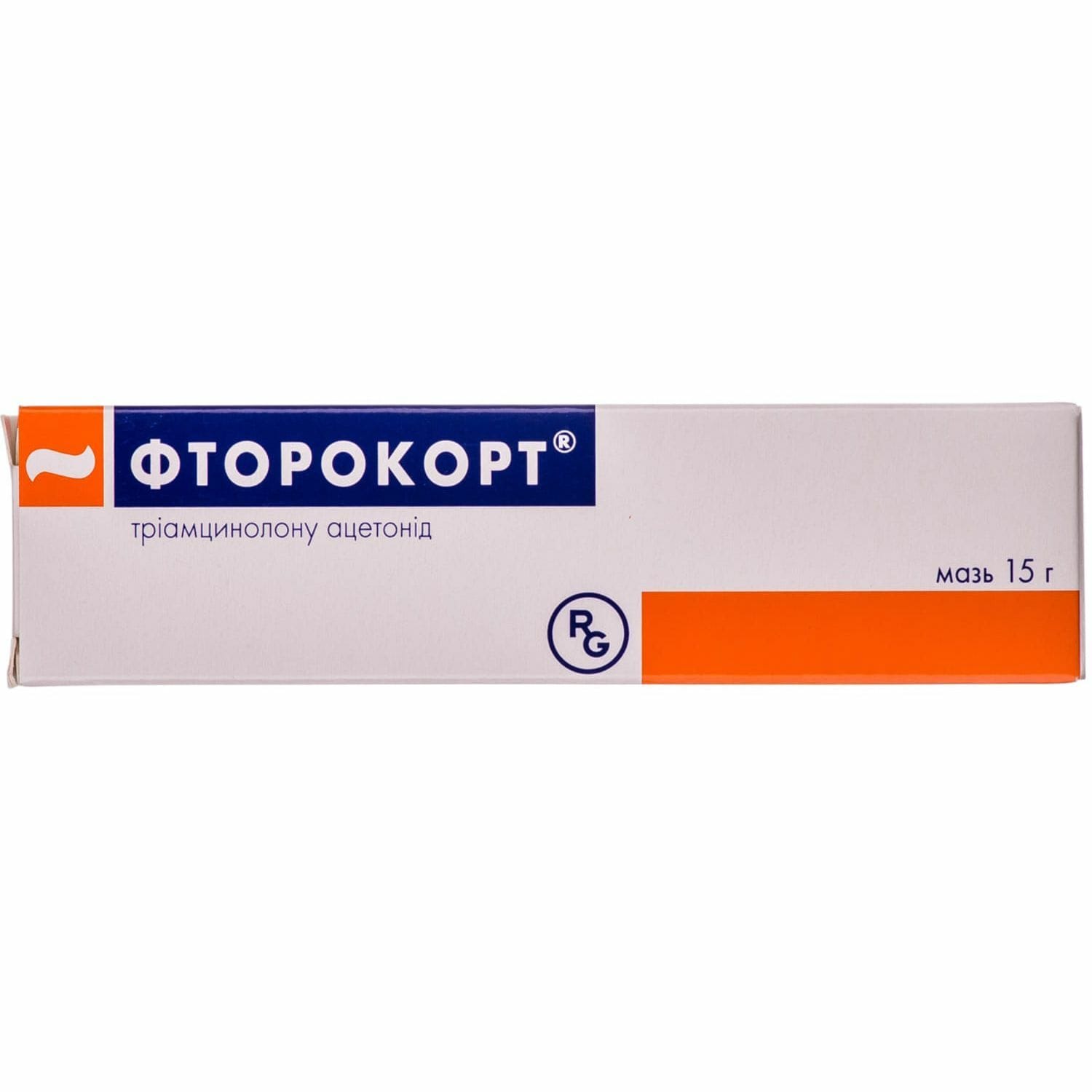
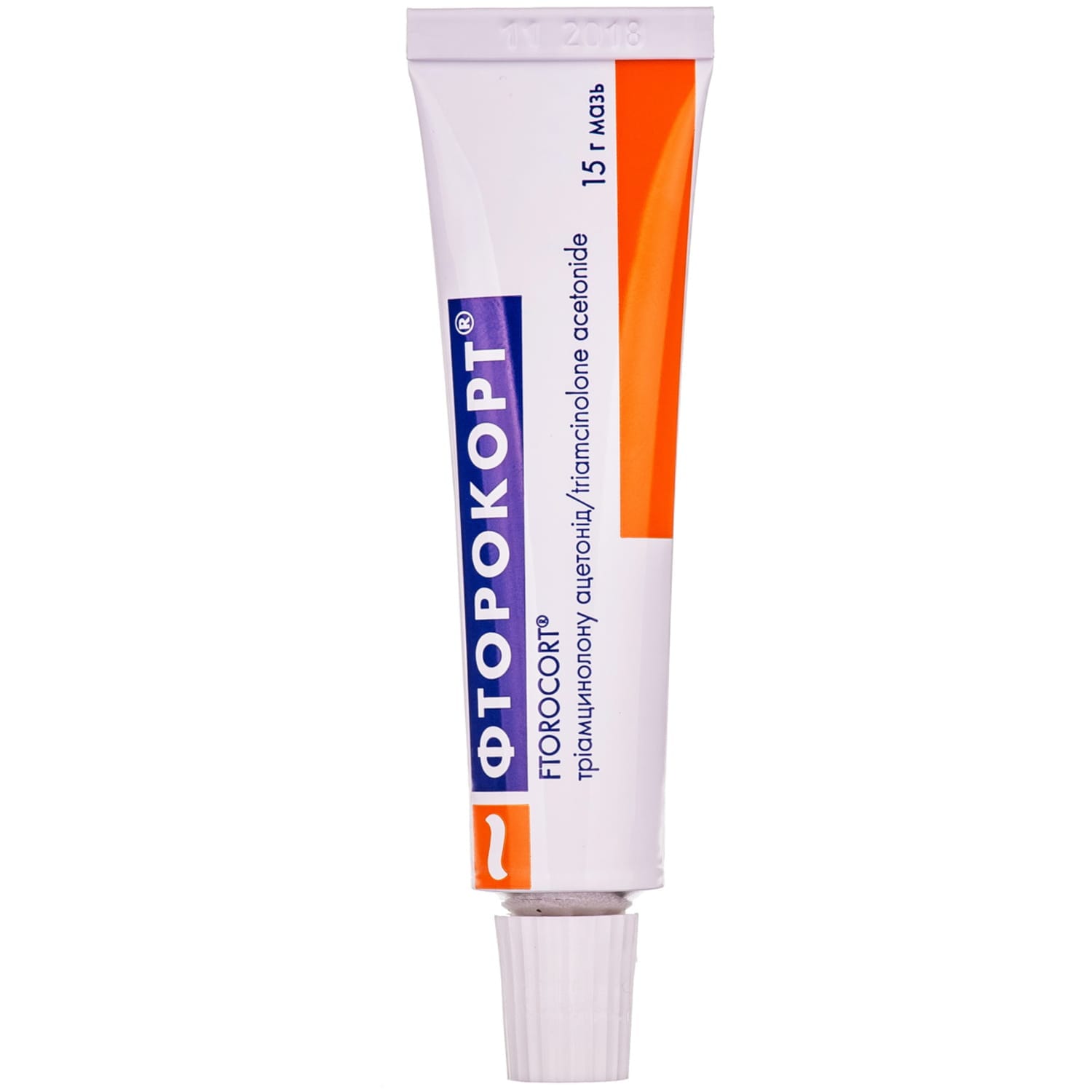
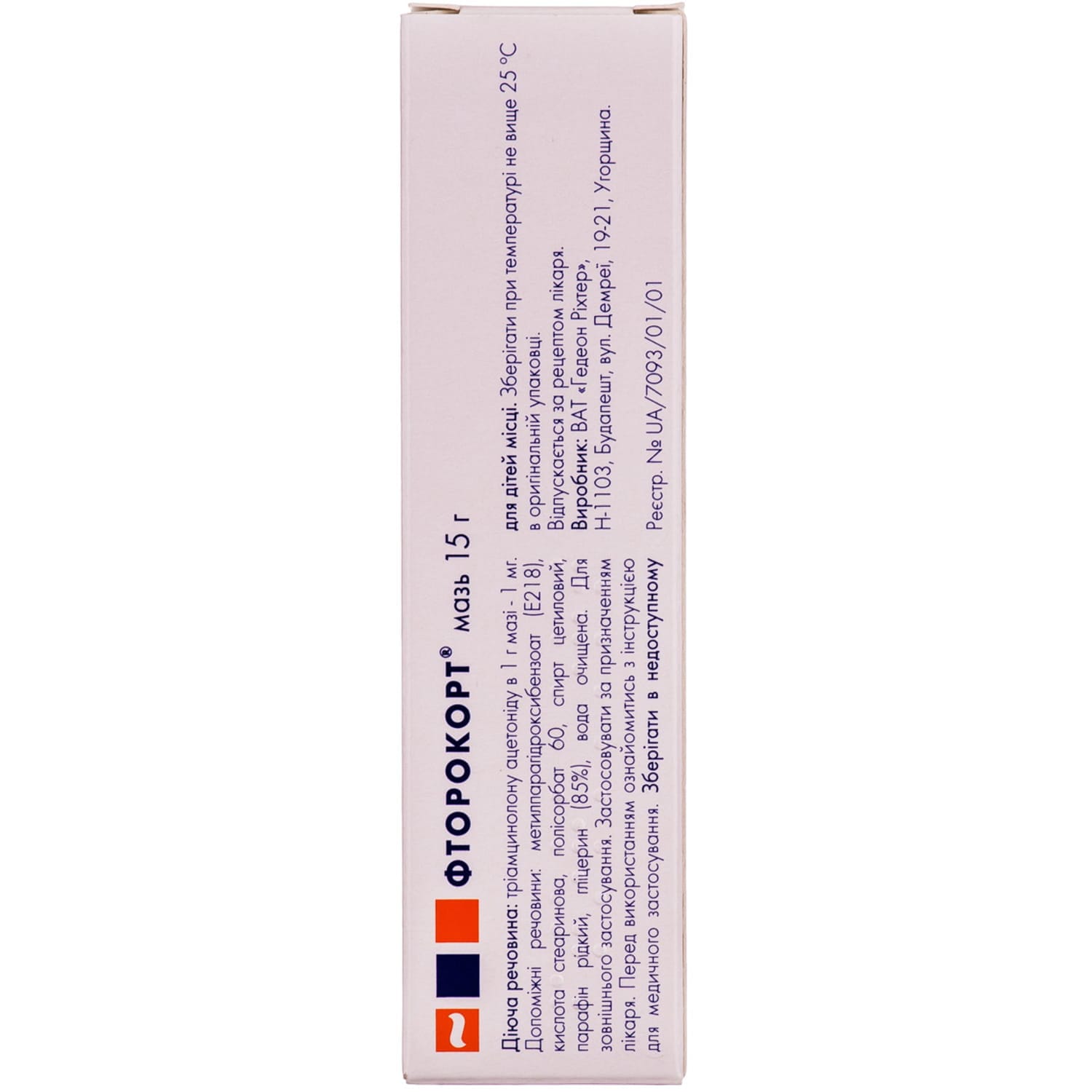

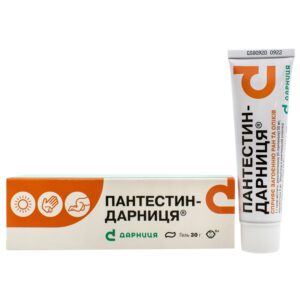
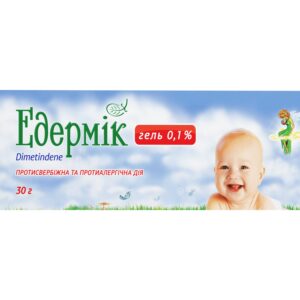
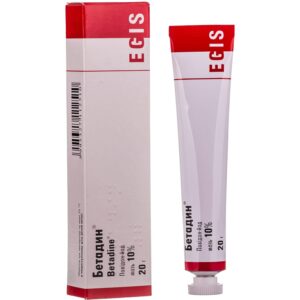
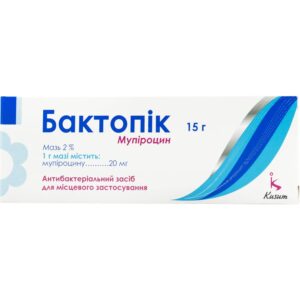
Reviews
There are no reviews yet.